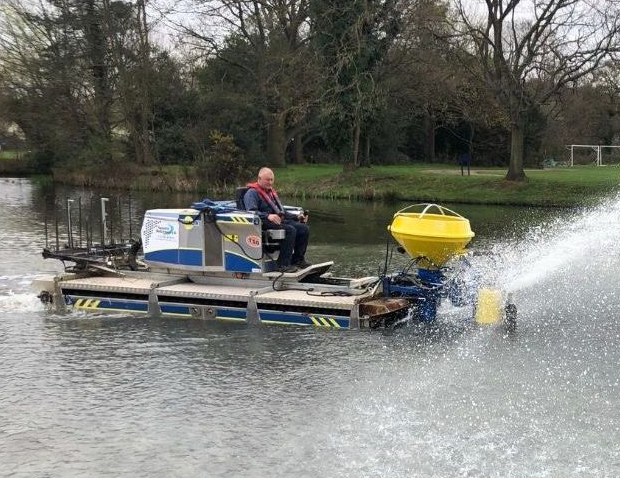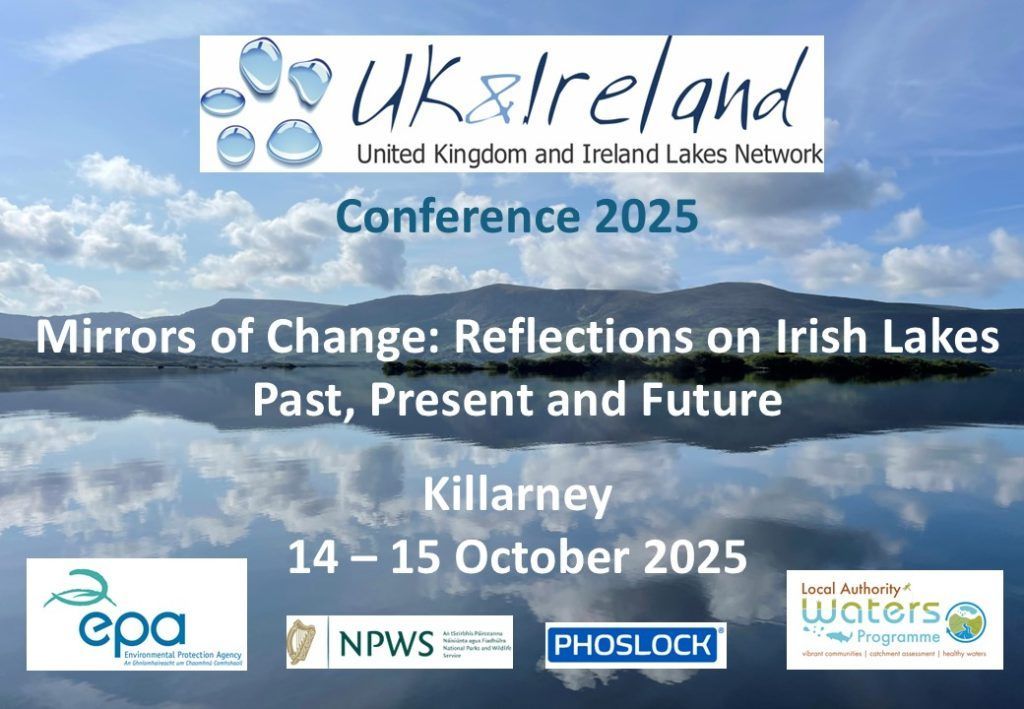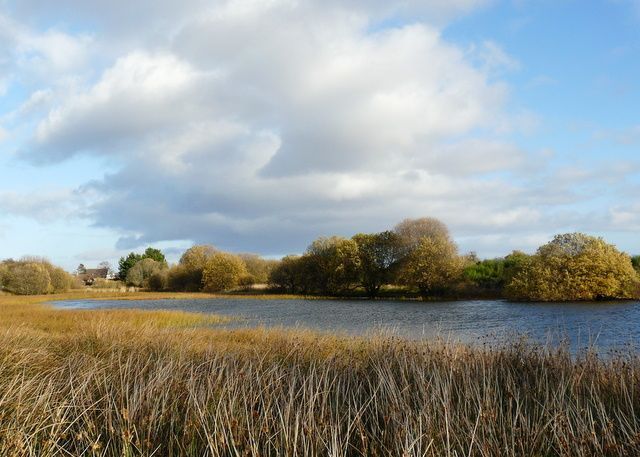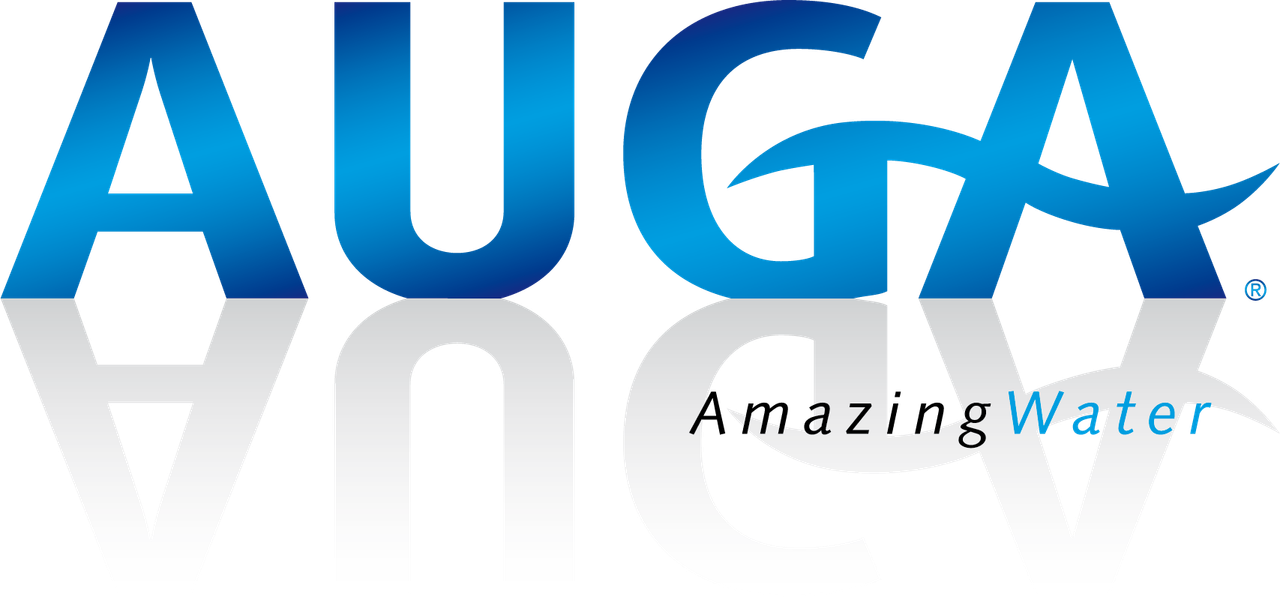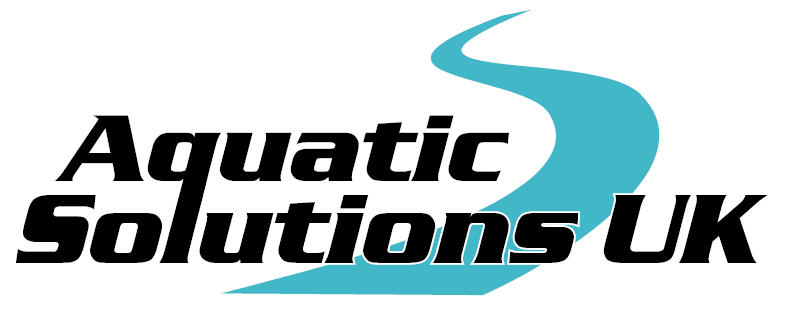When I joined Phoslock Environmental Technologies (2021), I knew I was stepping into a role that was about more than just improving water quality.
For me, it’s not just about saving freshwater systems—it’s about addressing the interconnected challenges that threaten the planet we all share.
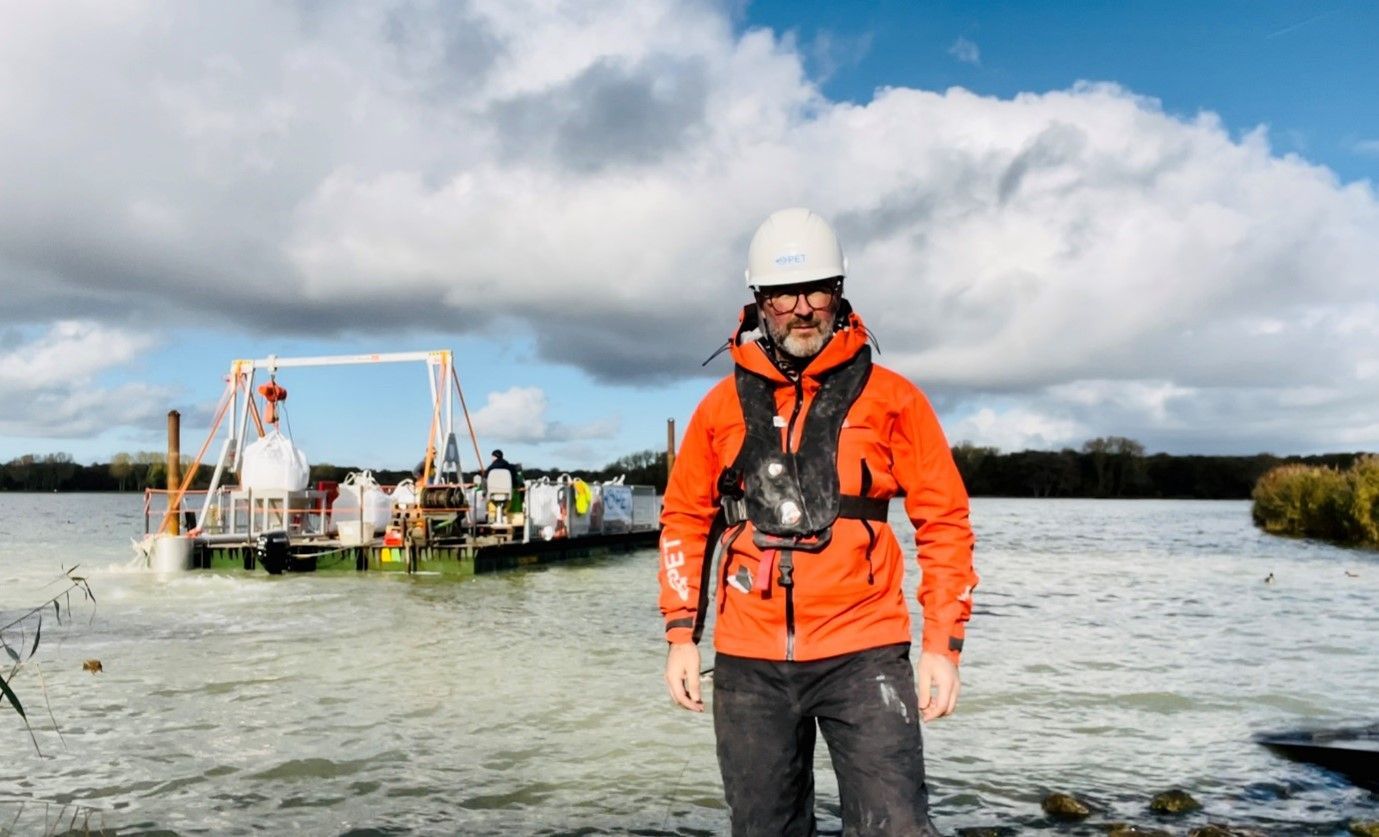
From combating climate change to preserving biodiversity, the work we do at Phoslock ripples far beyond the lakes and fresh water systems we treat. It’s about creating a healthier environment for everyone, everywhere.
Eutrophication: A Global Threat with Local and Global Impacts
Eutrophication is a silent crisis. Excess nutrients like phosphorus seep into our freshwater and brackish systems through agricultural runoff, urban wastewater, industrial discharges, and even natural processes. Over time, these nutrients accumulate in sediments and disrupt the natural balance of many ecosystems.
These consequences are far-reaching:
- Oxygen Depletion: Nutrient overloads lead to hypoxic or anoxic zones where aquatic life cannot survive.
- Greenhouse Gas Emissions: Decomposing organic matter in nutrient-rich waters releases methane and carbon dioxide, significantly contributing to global warming.
- Biodiversity Loss: Sensitive species vanish as ecosystems collapse under the strain of nutrient pollution.
- Economic Costs: Fisheries, tourism, and water treatment systems suffer from degraded water quality.
These impacts extend beyond freshwater bodies, affecting downstream environments, atmospheric systems, and human communities.
Natural Eutrophication: A Slow but Significant Process
While much of the focus is on human-driven eutrophication, it’s important to recognise that eutrophication also occurs naturally over time. Natural eutrophication unfolds gradually over centuries or millennia and is driven by processes such as:
- Sediment Accumulation: Organic-rich sediments settle at the bottom of lakes and rivers, storing nutrients like phosphorus that can be released back into the water under certain conditions.
- Vegetation Decay: Dead plant material decomposes in and around water bodies, releasing nutrients that fuel primary productivity.
- Natural Events: Heavy rainfall, floods or landslides transport organic matter and minerals into aquatic systems, enriching them with nutrients.
- Geological Weathering: The slow breakdown of phosphate-rich rocks contributes to nutrient loads in freshwater systems.
While natural eutrophication is a much slower process than human-driven eutrophication, its impacts can still lead to oxygen depletion, changes in ecosystem productivity, and shifts in species composition over time.
How Phoslock Helps Freshwater—and Beyond:
Phoslock is more than just a solution for nutrient pollution; it’s a tool for environmental restoration with benefits that stretch outward and upward:
- Reducing Greenhouse Gas Emissions
By binding phosphorus in sediments and preventing its release into the water column, Phoslock curtails the decomposition processes that produce methane and carbon dioxide. This directly mitigates one of the largest sources of greenhouse gas emissions from freshwater systems. - Restoring Ecosystem Brilliance
Phoslock improves water quality by permanently locking away phosphorus, enabling oxygen levels to recover and aquatic ecosystems to stabilise. Healthier ecosystems sequester more carbon naturally, contributing to climate regulation while supporting biodiversity. - Managing Natural Eutrophication
Even in naturally eutrophic systems where nutrient accumulation occurs over centuries, Phoslock can prevent internal phosphorus cycling from sediments, stabilising oxygen levels and maintaining ecosystem health without disrupting natural processes. - Protecting Downstream Environments
Nutrient pollution doesn’t stop at lakes or reservoirs—it flows downstream into rivers, estuaries, and coastal areas. By tackling phosphorus at its source, Phoslock prevents further degradation of these interconnected ecosystems. - Supporting Sustainable Development Goals (SDGs)
Phoslock aligns with global priorities like the United Nations Sustainable Development Goal 6 (clean water and sanitation). Cleaner water fosters healthier communities, supports fisheries, and reduces economic losses tied to poor water quality.
A Mission That Matters
Working at Phoslock means being part of a mission that addresses some of the most pressing environmental challenges of our time. It’s about restoring balance to ecosystems while contributing to broader planetary health. Every lake treated is a step toward reducing greenhouse gas emissions, protecting biodiversity, and ensuring clean water for future generations.
For me, this isn’t just a job—it’s a responsibility to the planet we all depend on. By tackling both human-driven and natural eutrophication with safe innovative solutions like Phoslock, we’re not just saving freshwater systems; we’re safeguarding our shared future. Together, we’re proving that local actions can have global impacts—restoring our waters while protecting the air above us and the land beyond us for generations to come.















